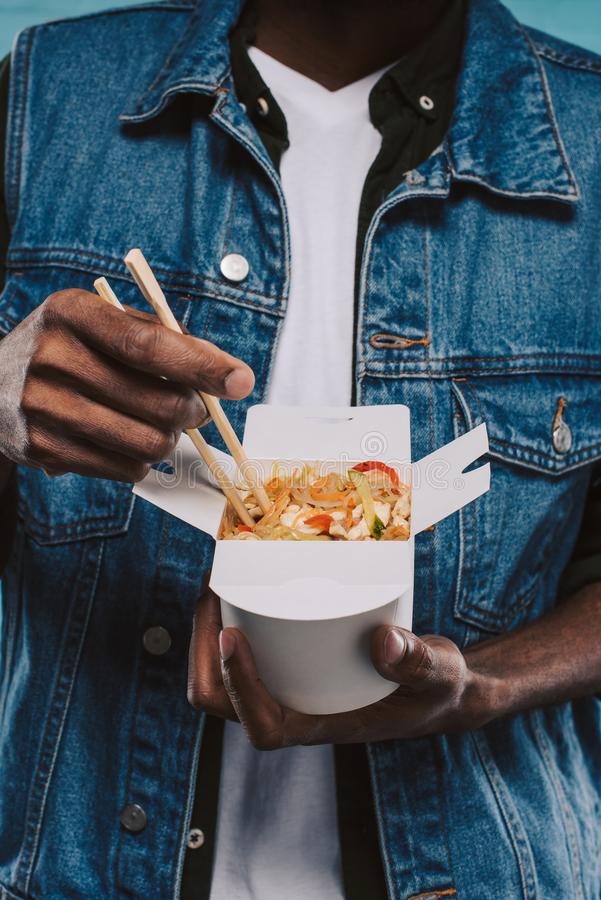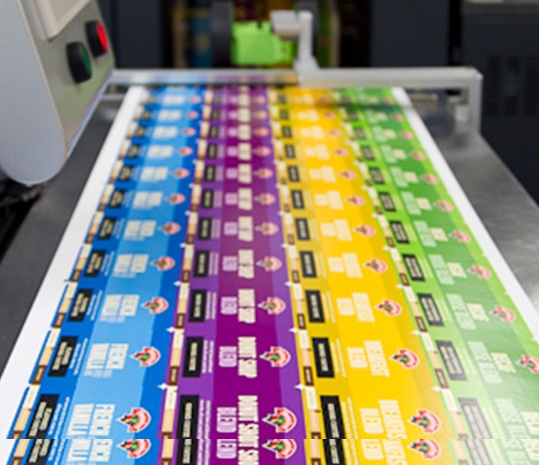Chinese food box printing has become an essential aspect of the food industry
Chinese food box are a hit in the takeout and delivery sector due to their practicality, easy to use nature and variety of foods that can be delivered in them. These boxes are used to package Chinese food for customers to take home or have delivered to their doorstep. They are designed to be sturdy and durable, able to hold a variety of dishes without breaking or leaking. In addition, the box’s design and printing are essential to creating an appealing and memorable dining experience.
Importance of Chinese Food Box
Chinese food box printing involves customizing the design of a food container to match a restaurant’s branding, menu items, and overall aesthetic. The printing process typically involves the use of high-quality ink and printing techniques to ensure that the box’s design is vibrant, eye-catching, and long-lasting.
One of the essential aspects of Chinese food box printing is the design process. The box’s design must not only be visually appealing but also communicate important information to the customer. This can include the restaurant’s logo, contact information, and menu items. The box’s design must also be easy to read and understand, particularly if the restaurant serves non-English speaking customers.
Printing Of Chinese Food Box
The printing process typically involves the use of offset printing or digital printing techniques. Offset printing is a traditional printing method that uses a printing press to transfer ink onto the box’s surface. It is known for its high-quality results and the ability to print on a wide range of materials. Digital printing, on the other hand, uses a digital printer to transfer the design onto the box’s surface. It is a faster and more cost-effective printing method, particularly for smaller print runs.
The ink used in Chinese food box printing is typically food-safe and odorless to ensure that it does not affect the taste or smell of the food inside. The ink must also be able to withstand heat and moisture, ensuring that the box’s design remains intact during transportation and handling.
Materials used for Printing
Chinese food box printing can be done on a range of box materials, including paper, cardboard, and plastic. The most common material used for Chinese food boxes is paper, as it is environmentally friendly, cost-effective, and easy to customize. Cardboard and plastic are also popular options, particularly for larger or heavier dishes that require more durability.
In conclusion, Chinese food box printing plays an important role in the food industry, particularly in the takeout and delivery sector. It allows restaurants to customize their packaging to match their branding and menu items, creating an appealing and memorable dining experience for customers. With a range of printing techniques and materials available, restaurants can create unique and high-quality boxes that reflect their business’s personality and style.


